Misinterpretations of the model code requirements for electrified hardware continue to hit my inbox on a regular basis, BUT – I expect some help from the ICC soon. I will share it as soon as I can. In the meantime, I hope this Decoded article will reach the people who need it – feel free to share it! Here’s another article that might help if you run into questions about this issue.
This post was published in Door Security + Safety

There are a few door-related sections of the model codes that continue to cause confusion in the field, and this is one of them: special locking arrangements vs. normal locking arrangements. I can’t think of any set of code requirements related to door openings that is more often misinterpreted, sometimes leading to unnecessary and costly modifications to access control systems in order to satisfy mandates that do not exist. In this article I will explain how to differentiate between a special locking arrangement and a normal locking arrangement and summarize the code requirements that apply to each.
Special Locking Arrangements
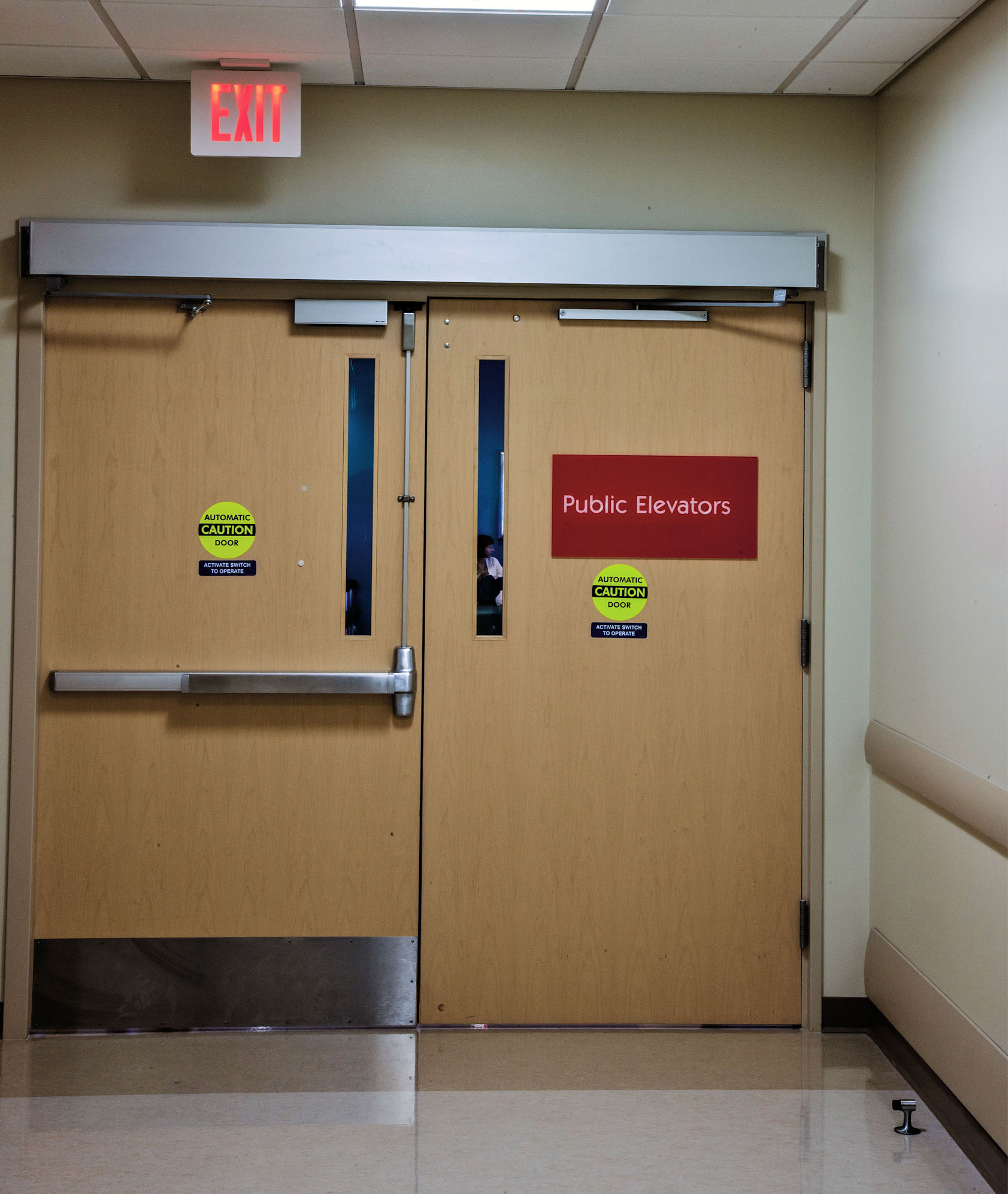
This controlled egress door in a health care facility is a special locking arrangement because it has electrified hardware that does not allow free egress under normal operation.
In the model codes used in the vast majority of US states, there are various sections addressing electrified locking systems that are considered special locking arrangements. There is even a section of NFPA 101 – Life Safety Code titled “Special Locking Arrangements.” The International Building Code (IBC) does not include a section by that name, although the IBC Commentary does refer to that term.
A special locking arrangement is a door opening that incorporates electrified hardware which delays or prevents egress under normal operation. The sections addressing these applications mandate specific releasing methods in order to balance life safety with the security this hardware is intended to provide. Examples of special locking arrangements include:
- Delayed egress locks prevent egress for 15 seconds under normal operation but allow immediate egress upon power failure and activation of the fire alarm or sprinkler system. The release time delay may be increased to 30 seconds if allowed by the Authority Having Jurisdiction (AHJ). Signage, an audible alarm, capability of remote release, and limitations of some occupancy types help to ensure life safety.
- Controlled egress locks are found in health care units where the patients require containment for their safety or security. Common locations include memory care units, maternity wards, and infant nurseries, although an AHJ may allow the installation of these systems in other areas within a health care facility. These doors remain locked in the direction of egress until an emergency occurs that requires the evacuation of patients. For most types of units (there are some exceptions), the locks must unlock to allow egress upon loss of power, activation of the fire alarm or sprinkler system, and remote release. In addition, the clinical staff must carry the keys, codes, or credentials needed to unlock the doors at all times.
- Sensor release is typically used for electromagnetic locks, which would not allow egress if the mandated release devices were not installed. In addition to the sensor which detects an approaching building occupant and unlocks the door for egress, the lock is also unlocked upon power failure, activation of the fire alarm or sprinkler system, and an auxiliary push button that is mounted beside the door in a location specified by the code. This switch must unlock the lock for 30 seconds, independent of the other electronics, to allow egress. [Note: This is the only type of electrical locking system that requires this auxiliary button.]
- Door hardware release is another section that typically applies to electromagnetic locks. With this type of system, the hardware mounted on the door (ex. lever handle, panic hardware, or sensor bar) incorporates a switch that unlocks the electrified lock. This electrified lock is a separate lock, usually mounted at the frame head, and operating the door-mounted hardware actuates the switch, unlocking the electrified lock and allowing egress. This type of lock is required to unlock upon power failure, but the model codes do not require the lock to unlock upon activation of the fire alarm or sprinkler system. The auxiliary push button that is required for sensor release locks is not required for electrified locks that are released by a switch in the door-mounted hardware.
- Stairwell reentry locks are used on doors that lead to an exit stairwell – the exit discharge door is not required to comply with these requirements. The intent is to allow the doors to be electrically locked on the stairwell side under normal operation, preventing access to the tenant space. In a fire emergency, the stairwell doors unlock on the stair side, allowing building occupants to leave the stairwell if it becomes compromised by smoke or by firefighting personnel and equipment. These locks are unlocked by a switch at the fire command center or other approved location, or upon activation of the fire alarm or sprinkler system, depending on which code has been adopted.
- Elevator lobby egress doors may be electrically locked when the adopted code is NFPA 101, or when a state or local jurisdiction has modified the IBC to allow these doors to be locked. The Life Safety Code requires fail safe electrified locks which will unlock upon power failure and activation of the fire alarm or sprinkler system. A two-way communication system is required in the elevator lobby, to allow a building occupant to communicate with a central control point that is constantly staffed. The IBC does not currently include a section addressing this type of system and requires each elevator lobby to have code-compliant access to an exit (a proposal has been made for the 2024 edition).
The above descriptions are not intended to represent the complete requirements for each of these systems, but to illustrate the types of systems that are considered special locking arrangements. Without the criteria included in each of these code sections, the doors would not provide a safe means of egress.
Normal Locking Arrangements
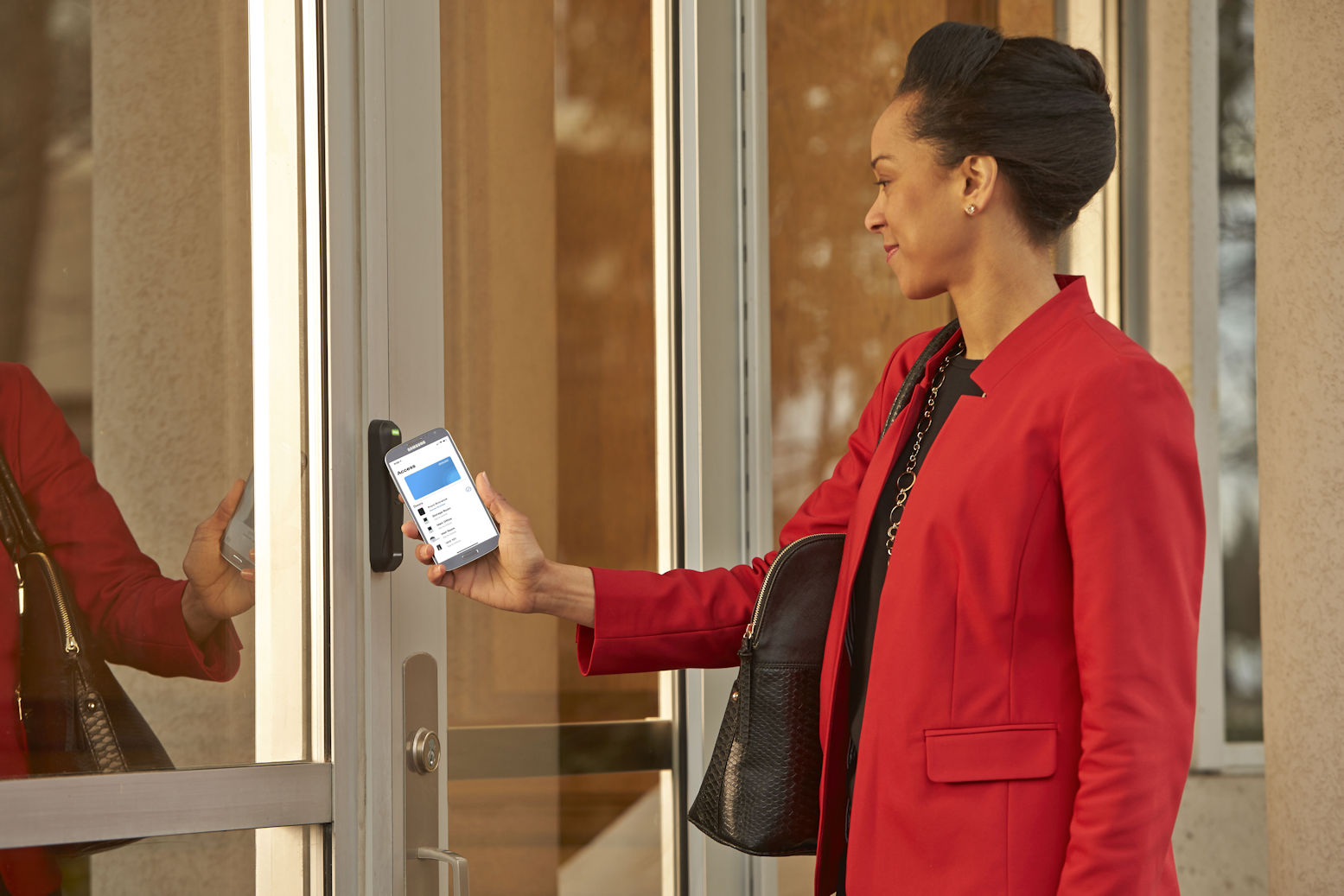
The most common type of access control door allows free egress at all times. This is not considered a special locking arrangement, it is a normal locking arrangement.
Not all electrified door hardware is part of a system that would be classified as a special locking arrangement; remember, special locking arrangements delay or prevent egress under normal operation. The most common type of access control system consists of an access control reader on the outside of the door, which controls access/ingress without affecting egress.
This type of system functions similar to mechanical door hardware where a key cylinder is used to control access/ingress but the hardware allows free egress. On the inside of the door – whether the hardware is electrified or mechanical – the door hardware allows free egress at all times via the lever handle, panic hardware, or other operable hardware. Egress does not depend on the status of the access control system or whether the hardware is powered or not. In these access control systems, the door hardware – although electrified to control access – does not deter, delay, or prevent egress.
There is currently no section in the model codes that specifically addresses these doors with electrified hardware allowing free egress, since this application is not considered a special locking arrangement. These normal locking arrangements are subject to the same code requirements as doors with mechanical door hardware:
- The door must unlatch with one releasing motion for egress (with some exceptions).
- Egress must require no key, tool, special knowledge or effort.
- Operation of the door hardware must require no tight grasping, pinching, or twisting of the wrist.
- Operable force for the hardware must be within the limits of the applicable code or standard.
- Releasing hardware must be mounted between 34-48 inches above the floor (with some exceptions).
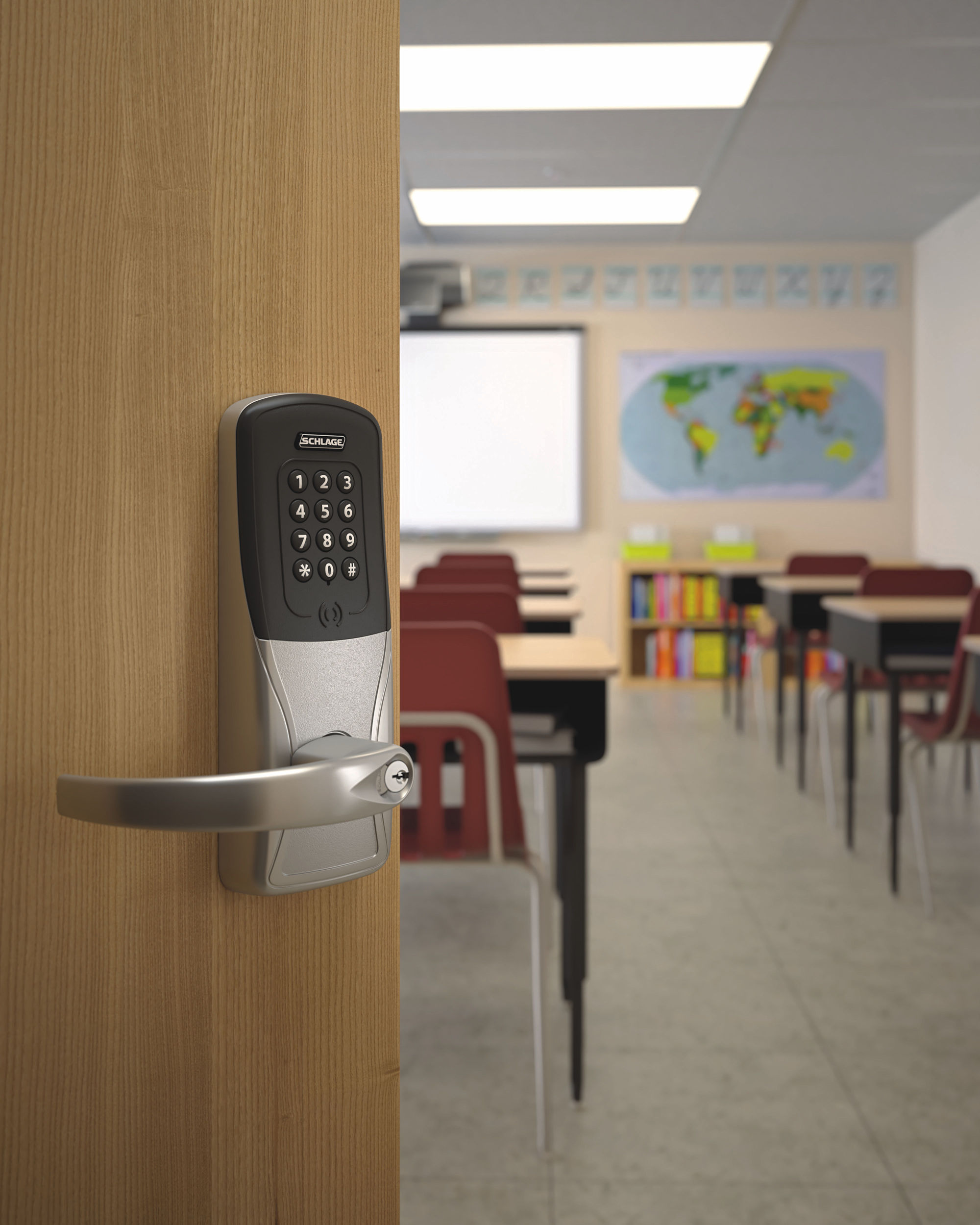
Electrified hardware that is part of a normal locking arrangement is not required by the model codes to be listed to UL 294.
UL 294 – Standard for Access Control System Units
Many of the questions and misinterpretations specific to normal locking arrangements are related to whether the hardware is required by code to be listed to UL 294 – Standard for Access Control System Units. Currently, the model codes DO require the components of most special locking arrangements systems to be listed to UL 294. The model codes DO NOT require components of normal locking arrangements systems to be listed to UL 294. As stated above, these systems must comply with the requirements for mechanical door hardware, which does not require the UL 294 listing.
A recent interpretation from International Code Council staff confirms this interpretation, and I anticipate that the 2021 International Building Code Commentary will include further information to clarify the intent of the code. Although a state or local jurisdiction may modify the model codes to address regional issues, the model codes do not consider electrified hardware that allows free egress at all times to be a special locking arrangement. Consult the adopted code and the AHJ for additional information about electrified locking systems – both special locking arrangements and normal locking arrangements.
You need to login or register to bookmark/favorite this content.

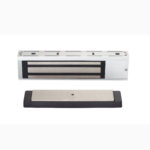

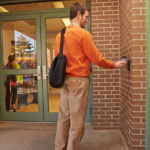
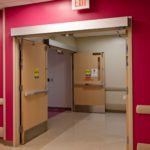
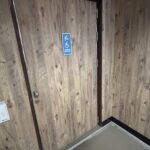



Leave A Comment